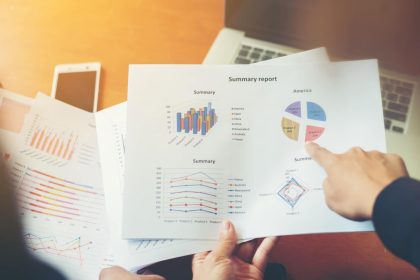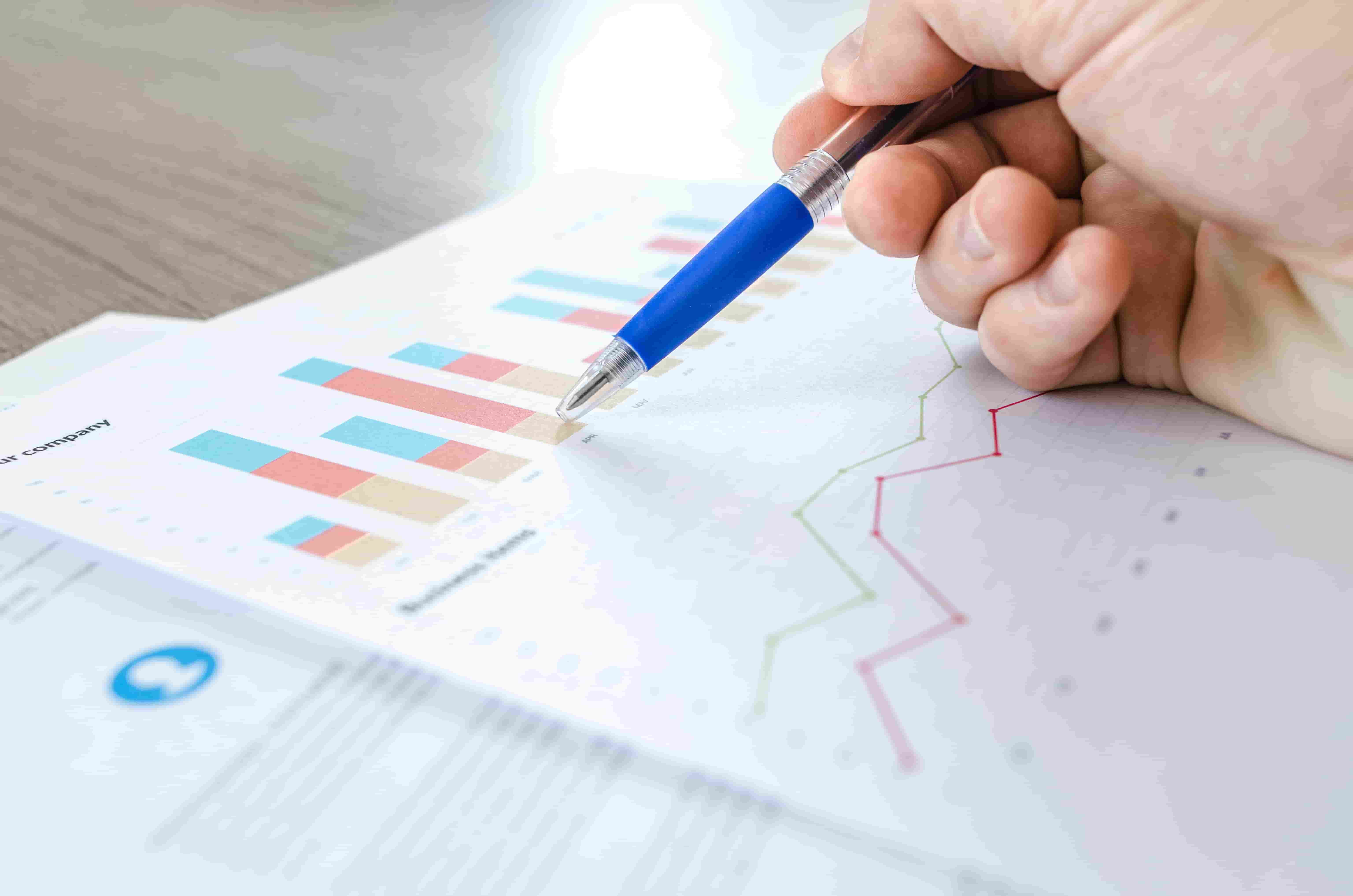
A guide to balance sheets
Of all the documents that you’ll need to manage while settling the accounting for your firm, the most important one will be your balance sheet. For new firm owners who are not familiar with what it is, we’ll be breaking down everything you need to know about understanding this document.
After you’ve gotten the hang of it, you’ll be able to read your balance sheets in no time and have a clearer idea of your business.
What is a balance sheet?

Simply put, a balance sheet spells out how much your company’s “book value” – how much your company is worth. It gives a summary of your company’s liabilities, assets, and the equity of its owners as of a particular date.
This document often goes together with your income statement and cash flow statement to evaluate your business. Most of the time, balance sheets are distributed and prepared quarterly or monthly.
What is the purpose of balance sheets?

Balance sheets allow companies to see if their company is doing well or failing. They can be reviewed by both internal and external audiences, both for different purposes. When reviewed internally, it allows for possible changes in policies and approaches to correct failures or capitalize on successes.
When reviewed externally, it is usually for people who are interested in the company. Potential investors can decide if they want to invest based on the information presented in the company. External auditors may also use balance sheets to make sure that the company is complying with any laws that it is subject to.
The balance sheet equation
Most information found in balance sheets will be organized using the equation below:
Assets = Liabilities + Owners’ Equity
Assets must always be equal to liabilities plus owners’ equity. After all, it is called a balance sheet for a reason! If the balance sheet does not balance, likely, the document was not prepared correctly. Errors can occur due to various reasons such as missing data, errors in currency exchange rates, or miscalculations.
Key terms to know

1. Assets
Your assets are anything owned by the company that holds inherent, quantifiable value. If need be, companies can liquidate their assets into cash. They are usually tallied as positives (+) in balance sheets and also categorized as current and noncurrent assets.
Current assets are assets that your company expects will convert into cash within a year. Examples include inventory, prepaid expenses, and cash.
Noncurrent assets are the opposite – assets that the company does not expect to be converted into cash in the short term. They are usually long-term investments as well. Examples of noncurrent assets include land, trademarks, and intellectual property.
2. Liabilities
While assets are things that the company owns, liabilities are things that the company owes. They are tallied as negatives (-) in the balance sheet as they are financial and legal obligations to be paid.
Similar to assets, you can also group liabilities as current and noncurrent. Current liabilities are any liabilities due to the debtor within a year, including rent payments and accounts payable. Noncurrent liabilities are long-term obligations due in more than a year, which include leases and loans.
3. Owner’s equity
Otherwise knowns as shareholders’ equity, this refers to whatever belongs to the owner of a business after liabilities are accounted for. It usually comprises comprised of both money that has been contributed to the business and earnings that have been generated over time.
How to read balance sheets
We hope that this simple guide has given you an idea of how to get through balance sheets. However, if accounting proves to still be a challenge to you, be sure to contact us, Margin Wheeler, for assistance. We provide a range of other services too, including incorporation and auditing services.






